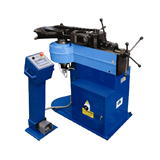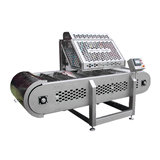Key Takeaways
- Current stability in used equipment prices: Despite economic pressures, prices for used machinery in Australia remain relatively stable, driven by sustained demand and limited supply.
- Rising interest rates impact: Higher borrowing costs are affecting purchasing decisions, potentially leading to a slowdown in equipment sales and price adjustments.
- Supply chain disruptions: Ongoing global supply chain issues continue to constrain the availability of new equipment, maintaining demand for used alternatives.
- Technological advancements influence value: Equipment with advanced features and better fuel efficiency is retaining value longer, appealing to cost-conscious buyers.
- Market outlook: While prices are holding steady, factors like economic shifts and technological changes suggest potential volatility in the near future.
Introduction
In the ever-evolving landscape of Australia's industrial sectors, the stability of used equipment prices is a critical factor influencing procurement strategies. Over the past year, prices have remained relatively steady, offering businesses a sense of predictability. However, with economic indicators showing signs of change, the question arises: how long can this stability last? This article delves into the current state of the used equipment market, examining the factors contributing to price stability and the emerging trends that may impact future valuations.
Factors Contributing to Current Price Stability
Sustained Demand Amidst Limited Supply
Australia's robust infrastructure and mining sectors continue to drive demand for heavy machinery. The construction industry, in particular, has seen a surge in projects, maintaining a steady need for equipment. Simultaneously, global supply chain disruptions have hindered the production of new machinery, leading businesses to turn to the used market. This combination of high demand and constrained supply has helped maintain price levels.
Technological Advancements and Equipment Longevity
Modern machinery equipped with advanced technologies such as GPS tracking, fuel-efficient engines, and automation features is experiencing slower depreciation. These innovations not only enhance operational efficiency but also extend the useful life of equipment, making them more attractive in the resale market. Consequently, well-maintained, tech-forward used equipment is holding its value longer than older models.
Emerging Trends Influencing the Market
Impact of Rising Interest Rates
The Reserve Bank of Australia's decision to increase interest rates has led to higher borrowing costs for businesses. This financial pressure may deter companies from investing in new equipment, potentially leading to increased demand for used machinery. However, if borrowing costs continue to rise, it could also suppress overall market activity, affecting both new and used equipment sales.
Shift Towards Sustainable Practices
Environmental considerations are becoming more prominent in purchasing decisions. Companies are increasingly seeking equipment that meets sustainability criteria, such as lower emissions and fuel efficiency. This shift is influencing the types of used machinery in demand, with eco-friendly models commanding higher prices.
Tips for buying and selling used equipment
When buying used equipment, always research the seller's reputation. Look for reviews and ratings to gauge their reliability. Inspect the machinery in person if possible. Check for wear and tear, and request maintenance records. This can give you insight into how well it has been cared for. Don't hesitate to negotiate the price. Many sellers expect some back-and-forth, so be prepared to discuss your budget openly.
For selling your used equipment successfully, present it well. Clean the item thoroughly and provide detailed descriptions with high-quality photos. Set a fair price based on market trends. Use online marketplaces as a reference point but stay flexible; this helps attract potential buyers. Be transparent about any issues or repairs needed on the equipment. Honesty builds trust and can lead to smoother transactions down the line.
Segment equipment types
Used equipment markets don’t move uniformly — trends vary significantly depending on the type of machinery you own or are looking to buy. Understanding these differences is crucial for making informed decisions and protecting your investment.
Key considerations by equipment type:
- Construction and earthmoving machinery: Prices for excavators, bulldozers, and loaders have remained relatively stable, driven by ongoing infrastructure projects and strong demand. However, certain models with older technology may see slower resale or declining prices.
- Agricultural equipment: Tractors, harvesters, and sprayers are influenced by seasonal demand, commodity prices, and government subsidies. Mid-range, well-maintained machines tend to hold value, while highly specialised or imported equipment can fluctuate.
- Manufacturing and industrial machinery: CNC machines, presses, and robotic systems see value retention based on automation trends and compatibility with new technology. Buyers often prioritise machines that integrate easily into modern workflows.
- Transport and material handling: Trucks, forklifts, and trailers are impacted by fuel costs, freight demand, and compliance with Australian safety regulations. Well-documented maintenance history is a key factor in resale price.
Actionable tips for decision-makers:
- Research recent sale prices for the specific category and model you are interested in. Online marketplaces, auctions, and local dealers provide useful benchmarks.
- Identify which models are in demand and which are becoming obsolete to avoid holding depreciating assets.
- Consider compatibility with your existing fleet or operations — machines that integrate seamlessly maintain higher resale value.
- Factor in maintenance, running costs, and availability of parts, which can affect both price and operational efficiency.
By segmenting equipment types and understanding their unique market trends, you can make more informed purchasing, selling, or replacement decisions — protecting your investment and reducing risk.
Real-World Example: The Agricultural Sector
In the agricultural industry, the demand for used tractors and harvesters has remained strong. According to the Tractor and Machinery Association of Australia, despite a 23% decline in new tractor sales in 2024, the used market has shown resilience. Farmers are opting for well-maintained, late-model equipment to manage costs while upgrading their fleets. This trend underscores the importance of equipment condition and technological features in determining resale value.
Challenges and Considerations for Buyers and Sellers
For Buyers
- Evaluating Equipment Condition: Thorough inspections and maintenance records are crucial to assess the true value of used machinery.
- Financing Options: With rising interest rates, exploring various financing avenues can help mitigate increased borrowing costs.
- Market Timing: Staying informed about market trends can aid in making strategic purchasing decisions.
For Sellers
- Highlighting Technological Features: Emphasising advanced features and fuel efficiency can make equipment more appealing to buyers.
- Maintaining Equipment: Regular maintenance and keeping detailed service records can enhance resale value.
- Understanding Market Dynamics: Being aware of economic factors and industry trends can help in setting competitive prices.
Conclusion: What this means for buyers and sellers in the industry
The current landscape of the used equipment market in Australia presents both opportunities and challenges for buyers and sellers alike. As prices hold steady, understanding the factors that influence these values becomes crucial. For buyers, this period may represent a prime opportunity to invest, especially if you can navigate the complexities of sourcing quality used machinery.
On the flip side, sellers have a unique chance to capitalize on sustained demand while being mindful of emerging trends that could affect their negotiating power. Ensuring your equipment meets compliance standards will enhance its attractiveness on the market.
With technology rapidly evolving, staying updated is essential. Leveraging platforms that connect buyers and sellers directly can streamline transactions and offer better pricing insights. Additionally, considering alternative options such as leasing or renting might provide flexibility as your business navigates changing demands.
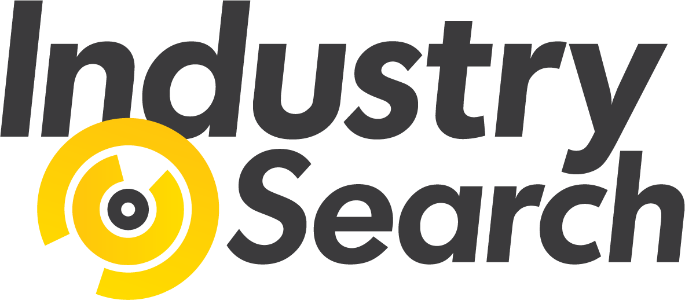

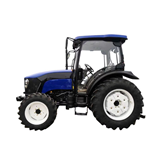
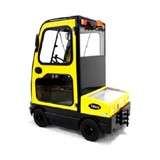
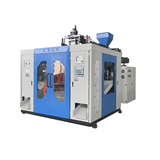
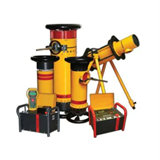
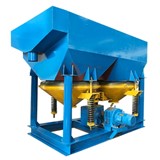
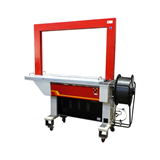


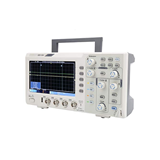

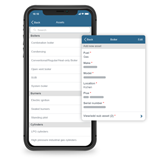
-160x160-state_article-rel-cat.png)

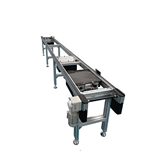


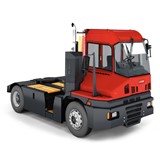




-160x160-state_article-rel-cat.png)
